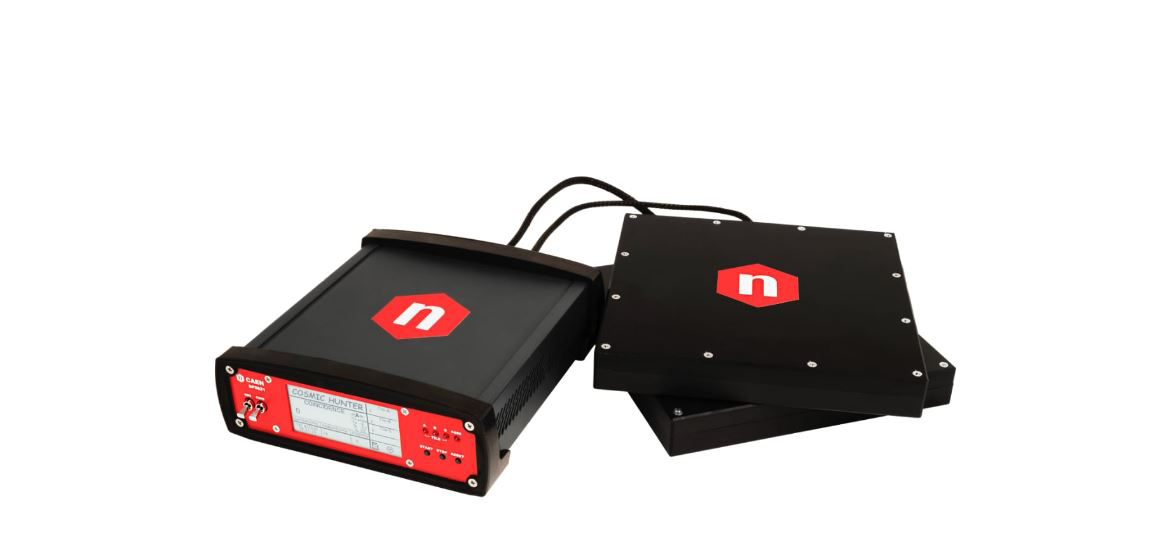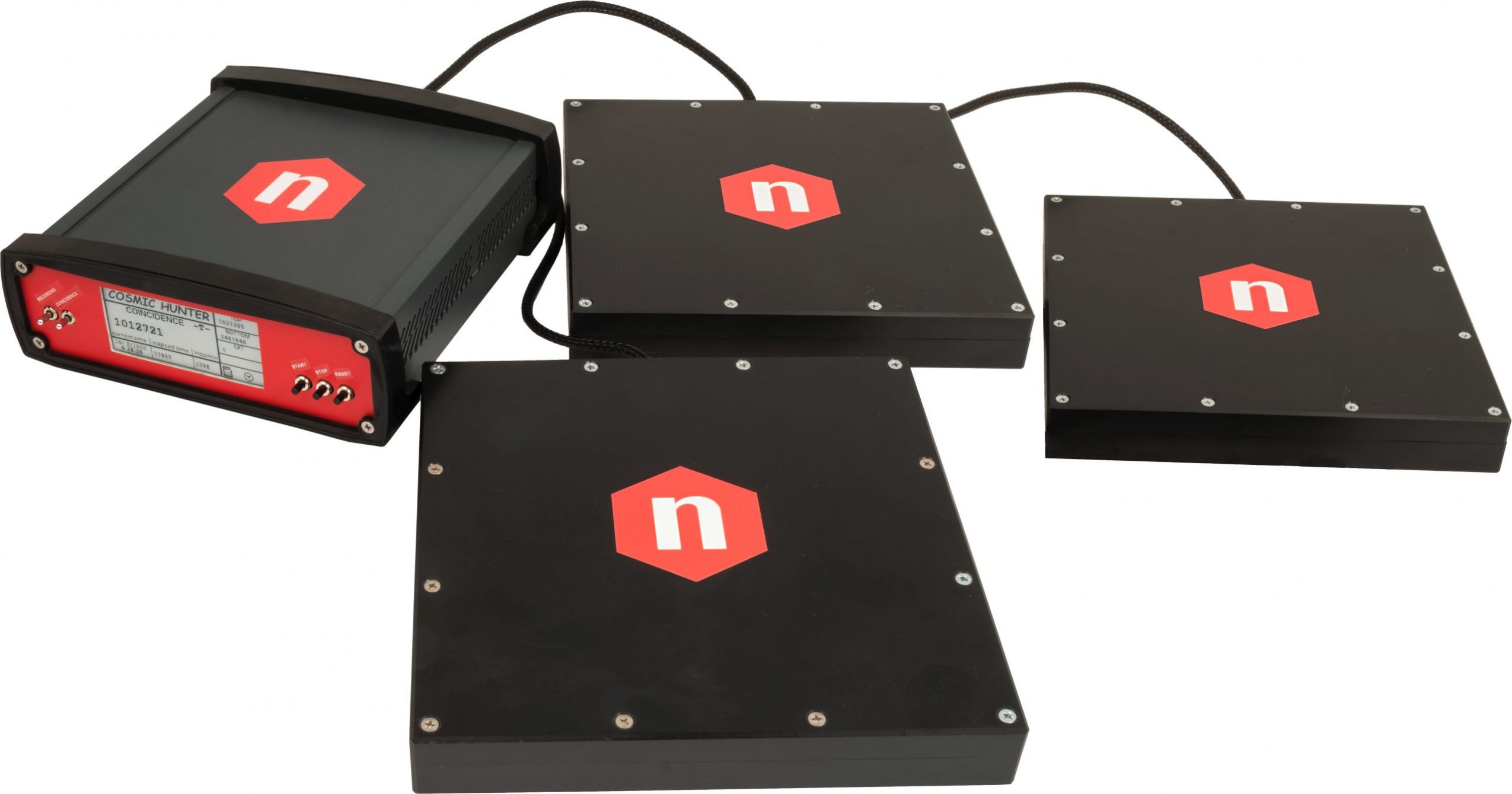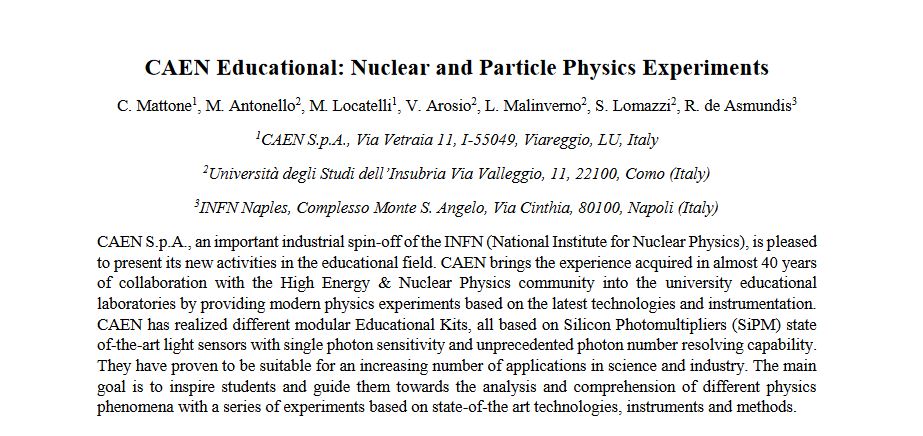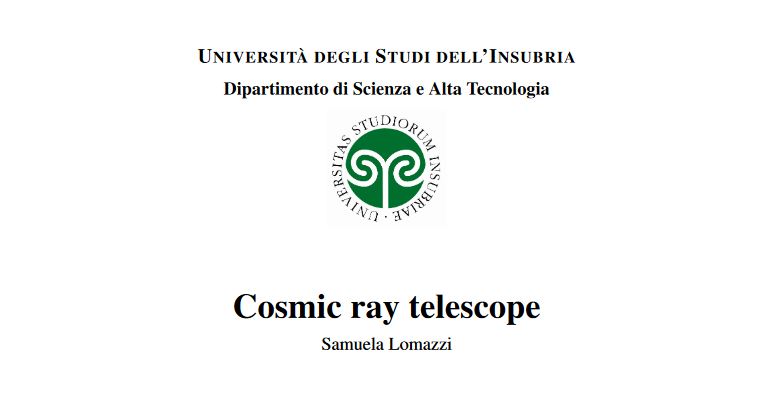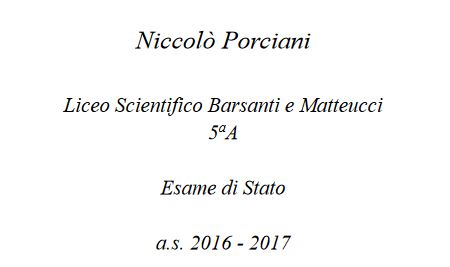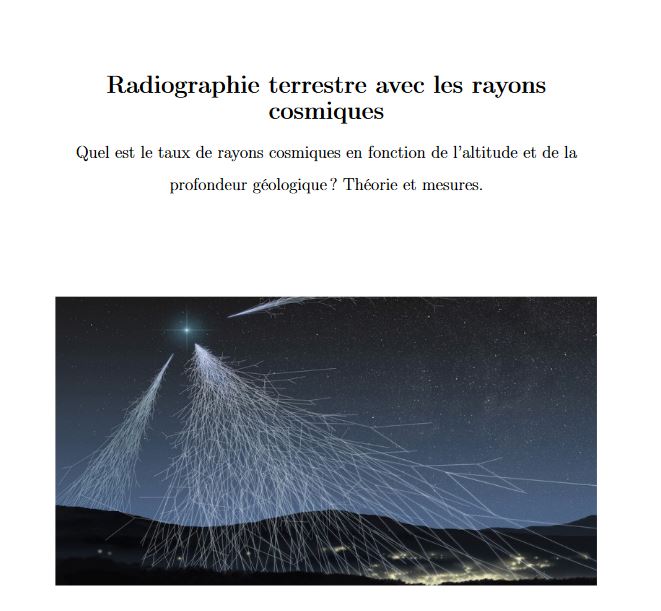All “Particle Physics” experiments
Environmental and Cosmic Radiation
Download printable version Difficult Execution Time Data Analysis Radioactive Sources Yes No Equipment: SP5620CH - Cosmic Hunter Model SP5621 SP5622 (x2) Description Coincidence Module Detection System Requirements A large iron or lead tile is strongly suggested. Purpose of the experiment To estimate the contribution of environmental radiation during the detection of the cosmic radiation.

